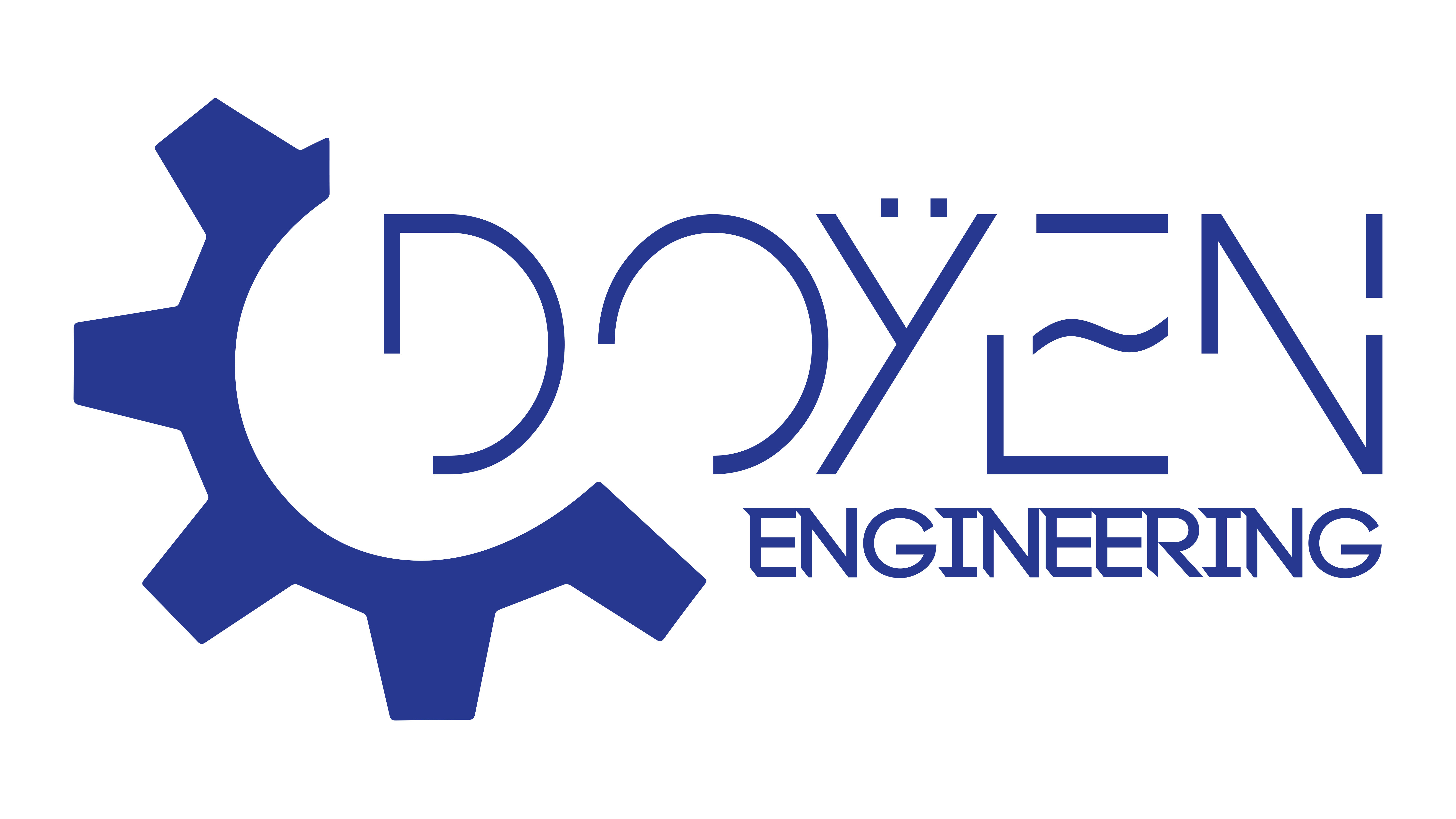
Overview of Electrical Engineering Myths
Definition of Electrical Engineering Myths
Electrical engineering myths encompass widespread misconceptions that often misrepresent the field’s nature and practices. These myths can lead to a misunderstanding of what electrical engineers do and how they contribute to technology and society. Some common myths include the exaggeration of danger in high-voltage environments and the belief that engineers solely focus on circuits.
Importance of Debunking Misconceptions
Debunking these misconceptions is crucial for several reasons:
- Accuracy: It helps present a true picture of electrical engineering.
- Interest: Clear understanding can attract more individuals to pursue careers in the field.
- Safety: Proper knowledge can foster safer practices in both professional and personal contexts.
By addressing these myths, we pave the way for a more informed public and encourage educational growth.

Myth 1: More Voltage Means More Danger
Explanation of Voltage and Current
It’s a common belief that high voltage equals high danger. However, the real threat lies more in current than voltage. Voltage is the electrical force that pushes electrons through a circuit, while current is the flow of these electrons. Simply put:
- Voltage: Think of it as the pressure in a water pipe.
- Current: This represents the water flowing through the pipe.
While high voltage can create a risk, it’s the current that ultimately causes harm to living organisms.
Safety Measures in High Voltage Environments
In high voltage environments, engineers implement stringent safety measures to mitigate risks, such as:
- Insulation: Using robust insulation materials to prevent accidental contact.
- Personal Protective Equipment (PPE): Safety gear, including rubber gloves and mats, is essential for workers.
- Grounding: Proper grounding systems ensure that excess voltage is safely discharged.
Understanding these principles allows professionals to work safely in environments that many view as perilous. By recognizing that voltage alone doesn’t equate to danger, we can better appreciate the precautions in place and the expertise of electrical engineers.

Myth 2: AC Systems Are More Dangerous Than DC Systems
Contrasting AC and DC Systems
Many people believe that alternating current (AC) is inherently more dangerous than direct current (DC). However, both systems have unique characteristics. AC changes direction periodically, while DC flows in a single direction. This difference affects how each interacts with the human body.
- AC: Often used for residential power, it can cause muscle contractions.
- DC: While it’s steady, high levels can still pose severe risks.
Understanding these differences is key to grasping their respective dangers.
Safety Considerations in AC and DC Installations
When it comes to safety, both AC and DC installations have specific precautions:
- AC Systems:
- Circuit breakers and fuses help prevent overloads.
- Ground fault circuit interrupters (GFCIs) detect imbalances and cut power instantly.
- DC Systems:
- Proper insulation and ventilation are vital to prevent overheating.
- Specialized disconnects ensure safe maintenance.
Incorporating these safety measures enables engineers to manage risks effectively, debunking the myth that AC systems are categorically more dangerous than DC systems.

Myth 3: Electrical Engineering is Only About Wiring and Circuits
Diverse Areas within Electrical Engineering
One common misconception is that electrical engineering is solely focused on wiring and circuits. In reality, the field encompasses a vast array of specialties. For instance:
- Power Systems: Designing and maintaining power generation and distribution.
- Control Systems: Creating algorithms and systems that automate processes.
- Telecommunications: Enabling communication technologies such as satellites and fiber optics.
Each of these areas requires specialized knowledge and skills beyond just wiring.
Emerging Technologies in the Field
The landscape of electrical engineering is constantly evolving, thanks to emerging technologies. Engineers are now exploring exciting fields like:
- Renewable Energy: Harnessing solar, wind, and other sustainable resources.
- Robotics: Integrating electrical engineering with mechanical systems for automation.
- Internet of Things (IoT): Developing interconnected devices for smarter living.
These innovations illustrate that electrical engineering is a dynamic field with endless opportunities, shattering the myth that it only revolves around wiring and circuits.






